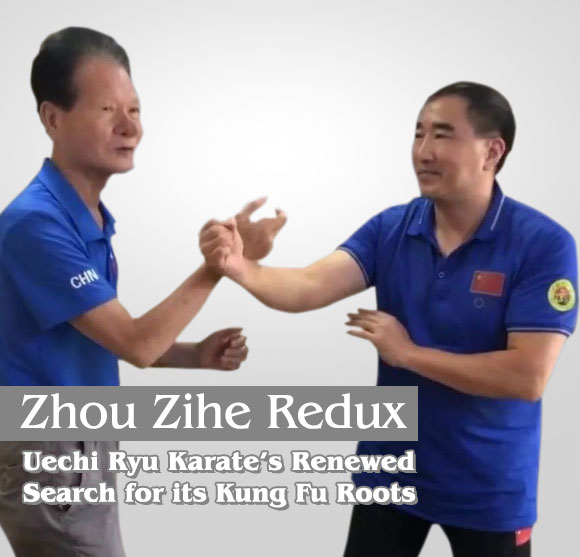Hello All,
I was just wondering if anyone here has read the book Barefoot Zen. I think it is a great book on karate, although I'm not really a karate person. It looks at karates roots and then takes another look at application of traditional karate forms. What it basically comes down to is that the author believes 80% of karate kata application should be chin na/grappling type techniques, not punches, kicks, and blocks. The author does make a pretty good case for it. If anyone has read this or picks it up let me know what you think of it. Thanks
Anthroman



 Reply With Quote
Reply With Quote









